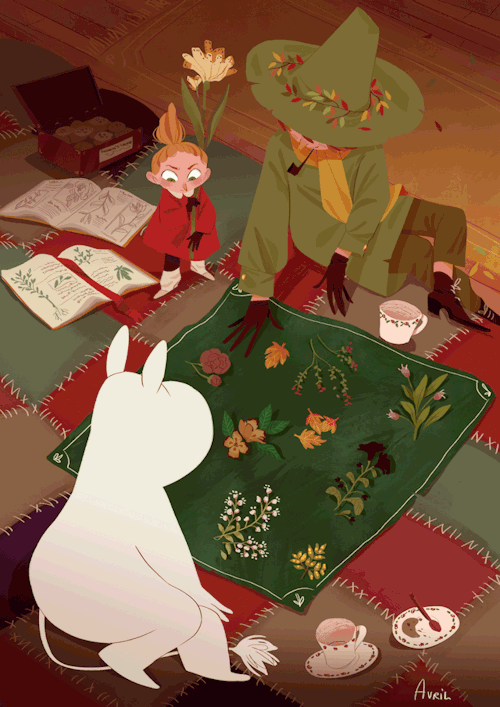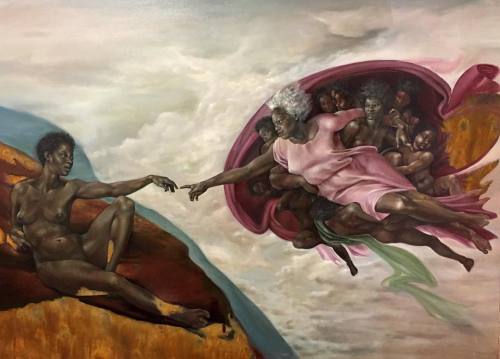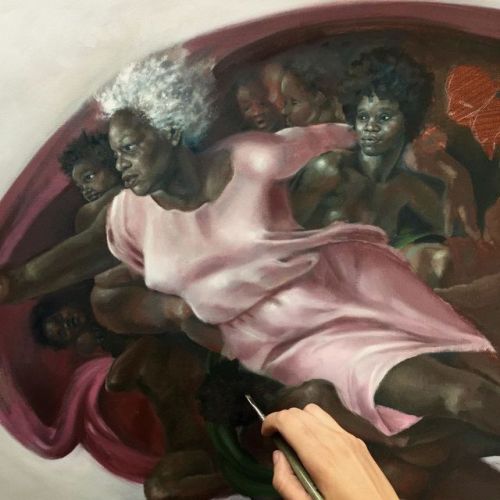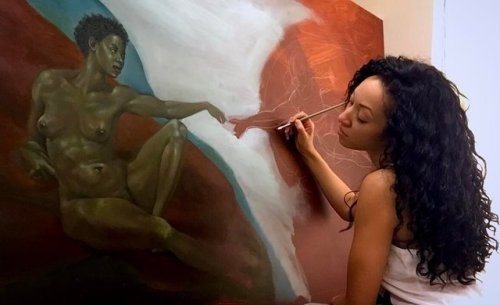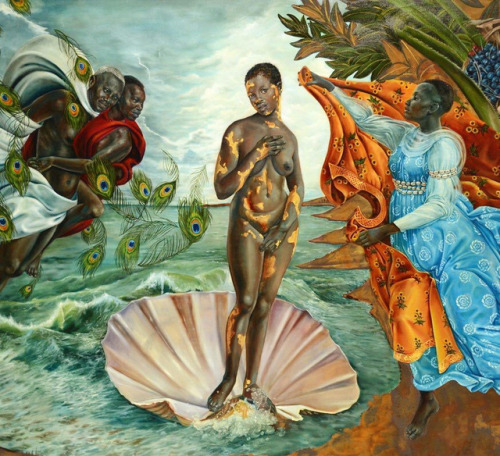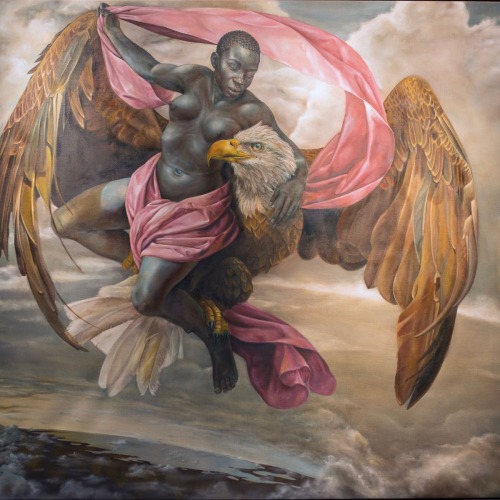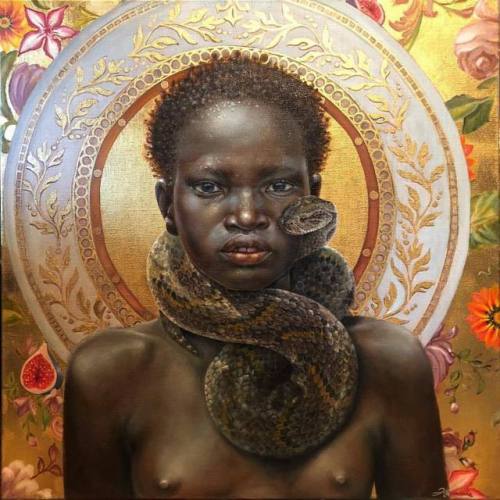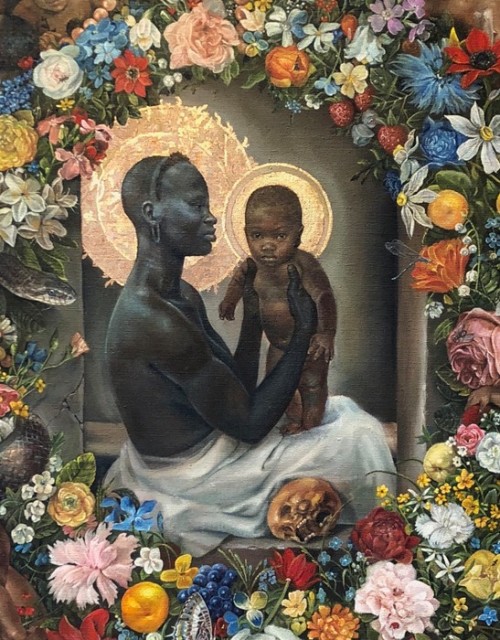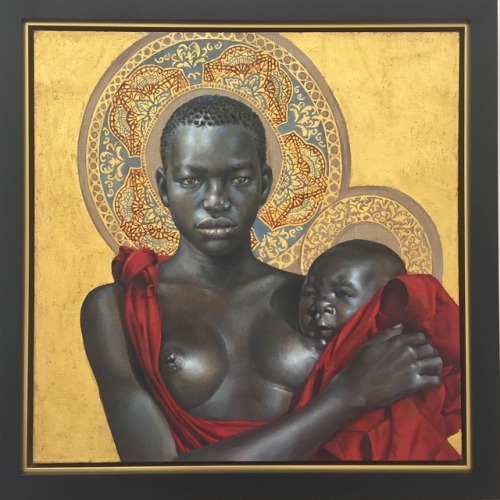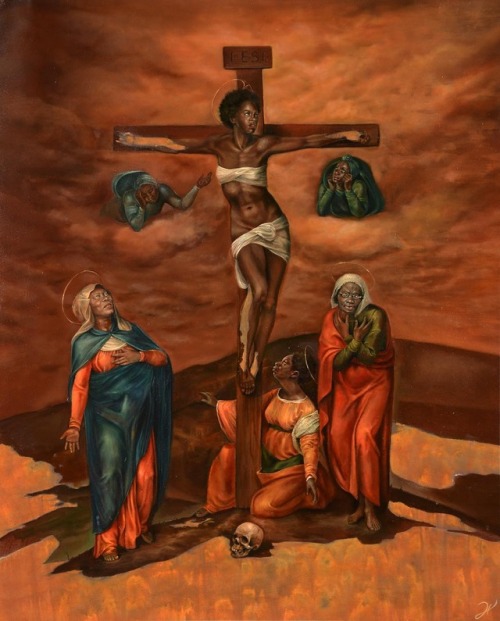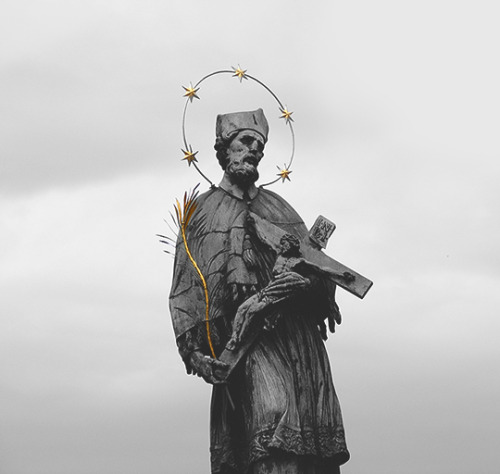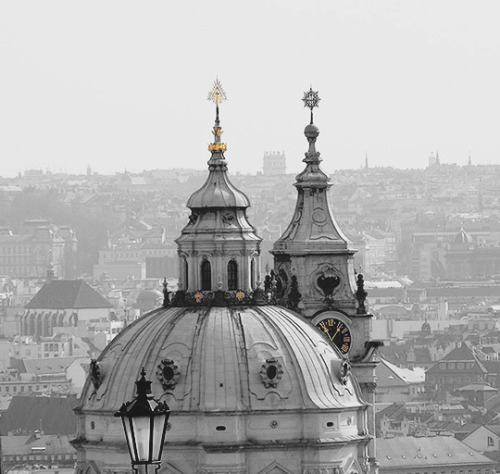These Ancient Mosaic Fragments, slightly Submerged In The Sea, Can Be Found On A Deserted Stretch Of
These ancient mosaic fragments, slightly submerged in the sea, can be found on a deserted stretch of minor road on the East coast of the Greek mainland, untended, unsignposted, unnoticed.
More Posts from Vrgl and Others
monster theory 101
So anyone who has even glanced at my blog knows that a lot of my work is built around an area of literary theory called ‘monster theory’, which is far from a major theoretical discipline. As such I thought I’d give a little run down on what it is and resources that are good in terms of getting started.
Monster Theory is loosely described as the study of monsters, fictional characters that we (humans) deem monstrous. This is usually rooted in the concept of norm/other, which becomes human/monster. The basis of modern monster theory is built on the work of Jeffrey Jerome Cohen, who published a paper in 1996 titled Monster Culture (Seven Theses) which included seven different and overlapping views on what monsters are, why we create them, what they mean and how they fit into both literary canon and our society. These seven theses are (very quickly and loosely);
The Monster’s Body Is A Cultural Body: a monstrous being “is born only at [a] metaphoric crossroads, as an embodiment of a certain cultural moment.” Meaning a monster created for a work of fiction is generally an embodiment of a certain cultural anxiety or fear occurring in a specific socio-cultural moment. For instance, during the 70s and 80s, during the AIDS crisis in the US, you’ll notice a sharp rise in the number of vampire films (creatures who transmit a kind of ‘death’ through bodily fluids, through a highly sexualised penetrative contact).
The Monster Always Escapes: a monstrous being is, in part, so threatening because it is pervasive. The monster might appear dead, only for the corpse to be missing in the final shots of the film. This builds upon the previous point; a cultural anxiety does not immediately vanish simply because the personified monster of it is slain, issues like disease, poverty, homophobia, racism, ableism will ultimately again rear their ugly heads.
The Monster Is The Harbinger of Category Crisis: monstrous beings refuse “to participate in the classificatory ‘order of things’,” and resist any kind of systematic structure. In a culture so obsessed with binary oppositions and classifications, things that refuse classification are often a threat to that very system of classification. If the system is not all-encompassing, it fails altogether. This can cause monsters to shake established systems of understanding culture, identity and knowledge.
The Monster Dwells At The Gates of Difference: “…the monster is difference made flesh […] monstrous difference tends to be cultural, political, racial, economic, sexual.” Monstrous beings are, as previously mentioned, a cultural body, which also means generally they take on traits of ostracised members of a culture, and act as stand in’s for fears, phobias and ostracisation of these social groups. For example, in a later work by Cohen, Undead: A Zombie Oriented Ontology, he states of zombies; “…we feel no shame in declaring their bodies repulsive. They eat disgusting food. They possess no coherent language; it all sounds like grunts and moans. They desire everything we possess.” And further notes that the generally accepted method of dispatching them is a gunshot to the head–a war crime against another human being. This same rhetoric could easily be applied to conservative white opinions of immigrants–and in fact, the origin of the word zombie can be traced back to the Haitian slave trade route.
The Monster Polices The Borders Of The Possible: to live in the dynamic the monster is predicated upon (norm/other, human/monster), there must, therefore, be a border between the two. The monster can therefore serve as a warning; transgress the boundaries by which you are human, and become monstrous; “…the monster prevents mobility (intellectual, geographical, sexual).” The most popular examples of this theory comes in the form of a Disney film: Beauty and the Beast. The Prince does not extend hospitalities to the old woman seeking aid, acting outside an accepted code of conduct for their society, and is therefore rendered monstrous as a result. While this is a more direct example, the trope is pervasive even among works and genres not featuring the supernatural.
The Monster Is Really A Kind Of Desire: the monstrous is often associated with a kind of transgressive or forbidden action, like say…the fact that female villains will often take on intense temptress roles, this is usually in an attempt to enforce and normalise the opposite behaviour. “The same creatures who terrify and interdict can also evoke potent escapist fantasies; the linking of monstrosity with the forbidden makes the monster all the more appealing as a temporary egress from constraint.”
The Monster Stands At The Threshold…Of Becoming: This thesis is really only a paragraph and is possibly my favourite piece of writing ever so rather than try and explain it I’ll simply let it stand on it’s own: Monsters are our children. They can be pushed to the farthest margins of geography and discourse, hidden away at the edges of the world and in the forbidden recesses of our mind, but they always return. And when they come back, they bring not just a fuller knowledge of our place in history and the history of knowing our place, but they bear self-knowledge, human knowledge–and a discourse all the more sacred as it arises from the Outside. These monsters ask us how we perceive the world, and how we have misrepresented what we have attempted to place. They ask us to reevaluate our cultural assumptions about race, gender, sexuality, our perception of difference, our tolerance towards its expression. They ask us why we have created them.
It is important to note that while this essay is considered fundamental in the concept of monster theory and it’s study, Cohen’s work is built upon work like Julia Kristeva’s Power of Horror: Essays on Abjection, and Barbara Creed’s Monstrous-Feminine. Additions to the field have been added since then; collected editions like the Ashgate Research Companion to Monsters, Monstrous Children and Childish Monsters, as well as essays in journals, collected editions on other wider topics (like horror, fantasy, sociology in literature). But the field is still relatively small at this point. I’ll be putting together a sort of reading list at some point in a post about where you can really get a good overview of the area, but the central starting point for monster theory is decidedly Cohen’s essay (which is the introductory chapter to an entire book on the subject).

✨ 🌱⛺🌱✨
I think I might keep the tent for a while.
-
 a-clown-among-clowns liked this · 1 month ago
a-clown-among-clowns liked this · 1 month ago -
 arbitrarysquiggles liked this · 1 month ago
arbitrarysquiggles liked this · 1 month ago -
 lighttontheland liked this · 1 month ago
lighttontheland liked this · 1 month ago -
 al-lmed reblogged this · 1 month ago
al-lmed reblogged this · 1 month ago -
 al-lmed liked this · 1 month ago
al-lmed liked this · 1 month ago -
 alm-orr reblogged this · 1 month ago
alm-orr reblogged this · 1 month ago -
 sira01 liked this · 2 months ago
sira01 liked this · 2 months ago -
 maestrita reblogged this · 2 months ago
maestrita reblogged this · 2 months ago -
 quality-cafe reblogged this · 2 months ago
quality-cafe reblogged this · 2 months ago -
 flashbacktriggers reblogged this · 2 months ago
flashbacktriggers reblogged this · 2 months ago -
 ioni-que liked this · 2 months ago
ioni-que liked this · 2 months ago -
 catasterismus reblogged this · 3 months ago
catasterismus reblogged this · 3 months ago -
 sunw00d liked this · 3 months ago
sunw00d liked this · 3 months ago -
 angel-of-starrynights reblogged this · 3 months ago
angel-of-starrynights reblogged this · 3 months ago -
 long-long-long1968 liked this · 3 months ago
long-long-long1968 liked this · 3 months ago -
 merridelicious reblogged this · 3 months ago
merridelicious reblogged this · 3 months ago -
 merridelicious liked this · 3 months ago
merridelicious liked this · 3 months ago -
 wisegirlandseaweedbrainforever liked this · 3 months ago
wisegirlandseaweedbrainforever liked this · 3 months ago -
 the-oddest-inkling reblogged this · 3 months ago
the-oddest-inkling reblogged this · 3 months ago -
 valentina-lauricella liked this · 4 months ago
valentina-lauricella liked this · 4 months ago -
 thedancingcostumeyoungadult reblogged this · 4 months ago
thedancingcostumeyoungadult reblogged this · 4 months ago -
 billabear liked this · 4 months ago
billabear liked this · 4 months ago -
 shallow-www reblogged this · 4 months ago
shallow-www reblogged this · 4 months ago -
 shallow-www liked this · 4 months ago
shallow-www liked this · 4 months ago -
 sundappledfur reblogged this · 4 months ago
sundappledfur reblogged this · 4 months ago -
 sundappledfur liked this · 4 months ago
sundappledfur liked this · 4 months ago -
 jordanball-z liked this · 4 months ago
jordanball-z liked this · 4 months ago -
 transientgirl8 liked this · 4 months ago
transientgirl8 liked this · 4 months ago -
 lordbyron reblogged this · 4 months ago
lordbyron reblogged this · 4 months ago -
 amoureuxdemarbre reblogged this · 5 months ago
amoureuxdemarbre reblogged this · 5 months ago -
 stlaika liked this · 5 months ago
stlaika liked this · 5 months ago -
 narcissenoir liked this · 5 months ago
narcissenoir liked this · 5 months ago -
 brambleberrybush liked this · 5 months ago
brambleberrybush liked this · 5 months ago -
 mariawasheree liked this · 6 months ago
mariawasheree liked this · 6 months ago -
 z-bot reblogged this · 6 months ago
z-bot reblogged this · 6 months ago -
 myliver liked this · 6 months ago
myliver liked this · 6 months ago -
 hopefuldreamers-world reblogged this · 7 months ago
hopefuldreamers-world reblogged this · 7 months ago -
 hopefuldreamers-world liked this · 7 months ago
hopefuldreamers-world liked this · 7 months ago -
 kimijo liked this · 7 months ago
kimijo liked this · 7 months ago -
 muranowave reblogged this · 7 months ago
muranowave reblogged this · 7 months ago -
 muranowave liked this · 7 months ago
muranowave liked this · 7 months ago -
 aoi-24 reblogged this · 7 months ago
aoi-24 reblogged this · 7 months ago -
 sonorusss reblogged this · 7 months ago
sonorusss reblogged this · 7 months ago -
 northseacalling reblogged this · 8 months ago
northseacalling reblogged this · 8 months ago -
 eelydeely liked this · 8 months ago
eelydeely liked this · 8 months ago

